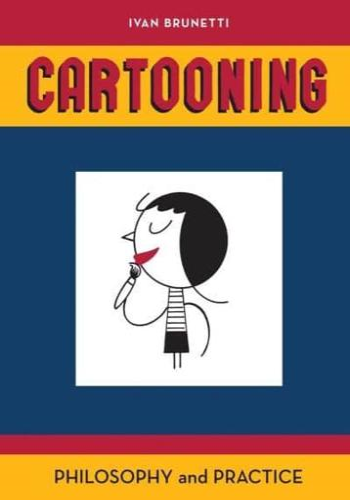From the editor of Yale's Anthology of Graphic Fiction, Cartoons, and True Stories, a smart and charming guide to the art of cartooning
Winner of the 2012 Will Eisner Comic Industry Award for the Best Academic/Scholarly Work
"Brunetti has given the cartooning world something very similar to what Strunk & White gave to prose with their Elements of Style. . . . Keep it right next to your desk where you can find it at a moment's notice."-Tim O'Neil, PopMatters.com
The best cartooning is efficient visual storytelling-it is as much a matter of writing as it is of drawing. In this book, noted cartoonist and illustrator Ivan Brunetti presents fifteen distinct lessons on the art of cartooning, guiding his readers through wittily written passages on cartooning terminology, techniques, tools, and theory. Supplemented by Brunetti's own illustrations, prepared specially for this book, these lessons move the reader from spontaneous drawings to single-panel strips and complicated multipage stories.
Through simple, creative exercises and assignments, Brunetti offers an unintimidating approach to a complex art form. He looks at the rhythms of storytelling, the challenges of character design, and the formal elements of comics while composing pages in his own iconic style and experimenting with a variety of tools, media, and approaches. By following the author's sophisticated and engaging perspective on the art of cartooning, aspiring cartoonists of all ages will hone their craft, create their personal style, and discover their own visual language.







